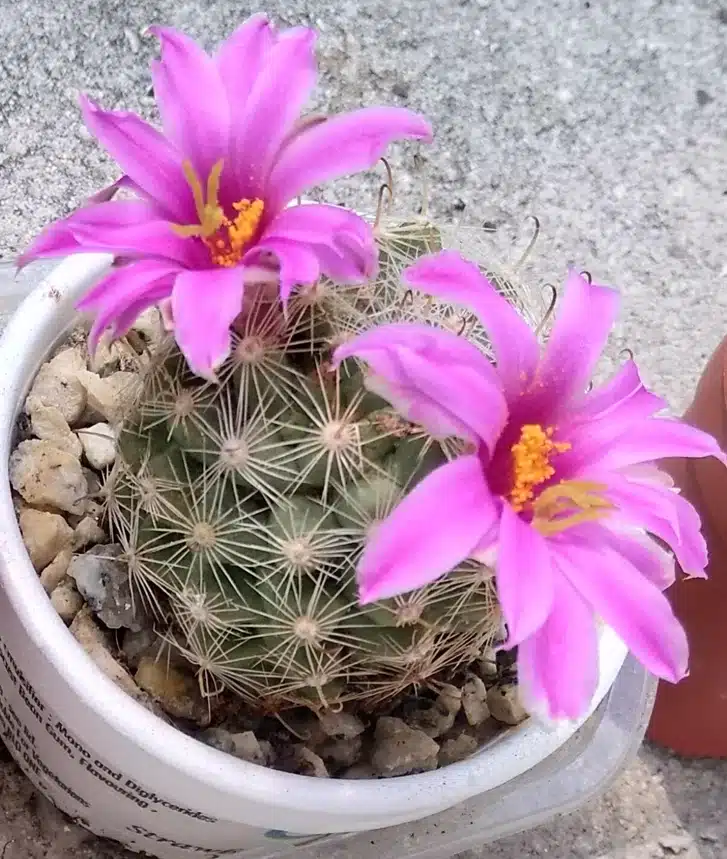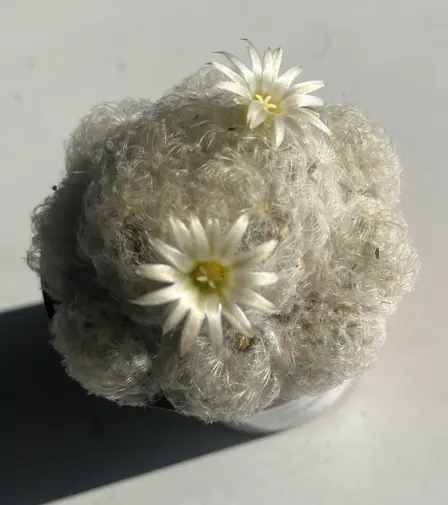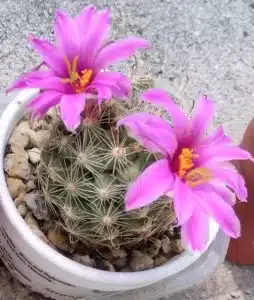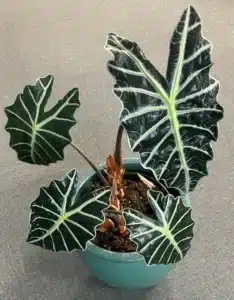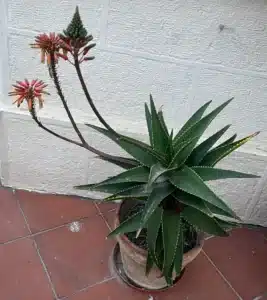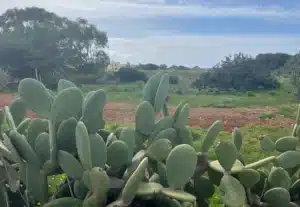
FAQ - Mammillaria Cacti
Most frequent questions and answers
Absolutely! Mammillaria species make excellent indoor plants, provided they receive adequate sunlight and well-draining soil.
If your Mammillaria has outgrown its current pot or if the soil has become compacted, it’s time to consider repotting. Look for roots protruding from the drainage holes or signs of overcrowding in the container.
Lack of sunlight, improper watering, or insufficient chilling period during the winter months can hinder blooming. Ensure your plant receives adequate light exposure and proper care to encourage flowering.
Take immediate action to control the infestation by using natural remedies like neem oil or insecticidal soap. For severe cases, consider using systemic treatments or seeking professional help.

